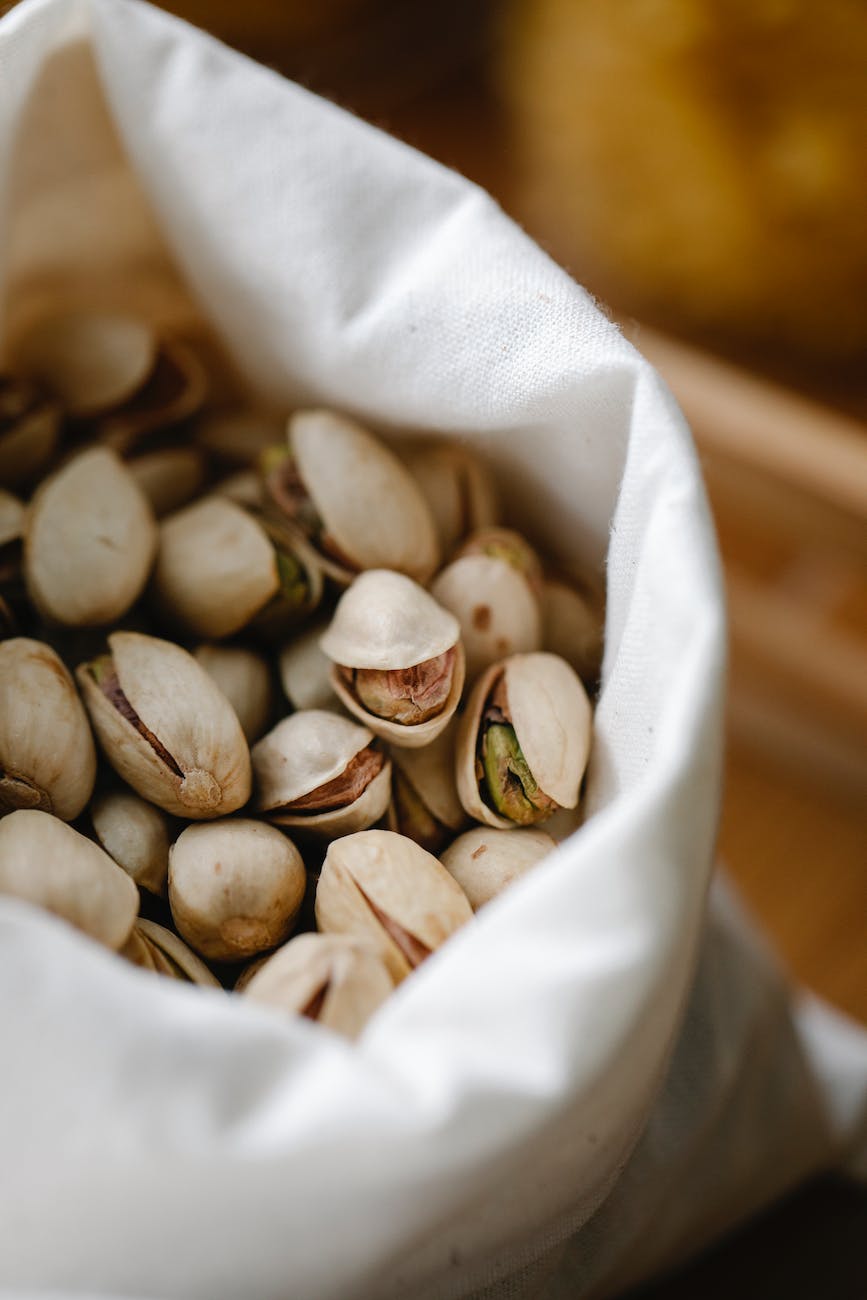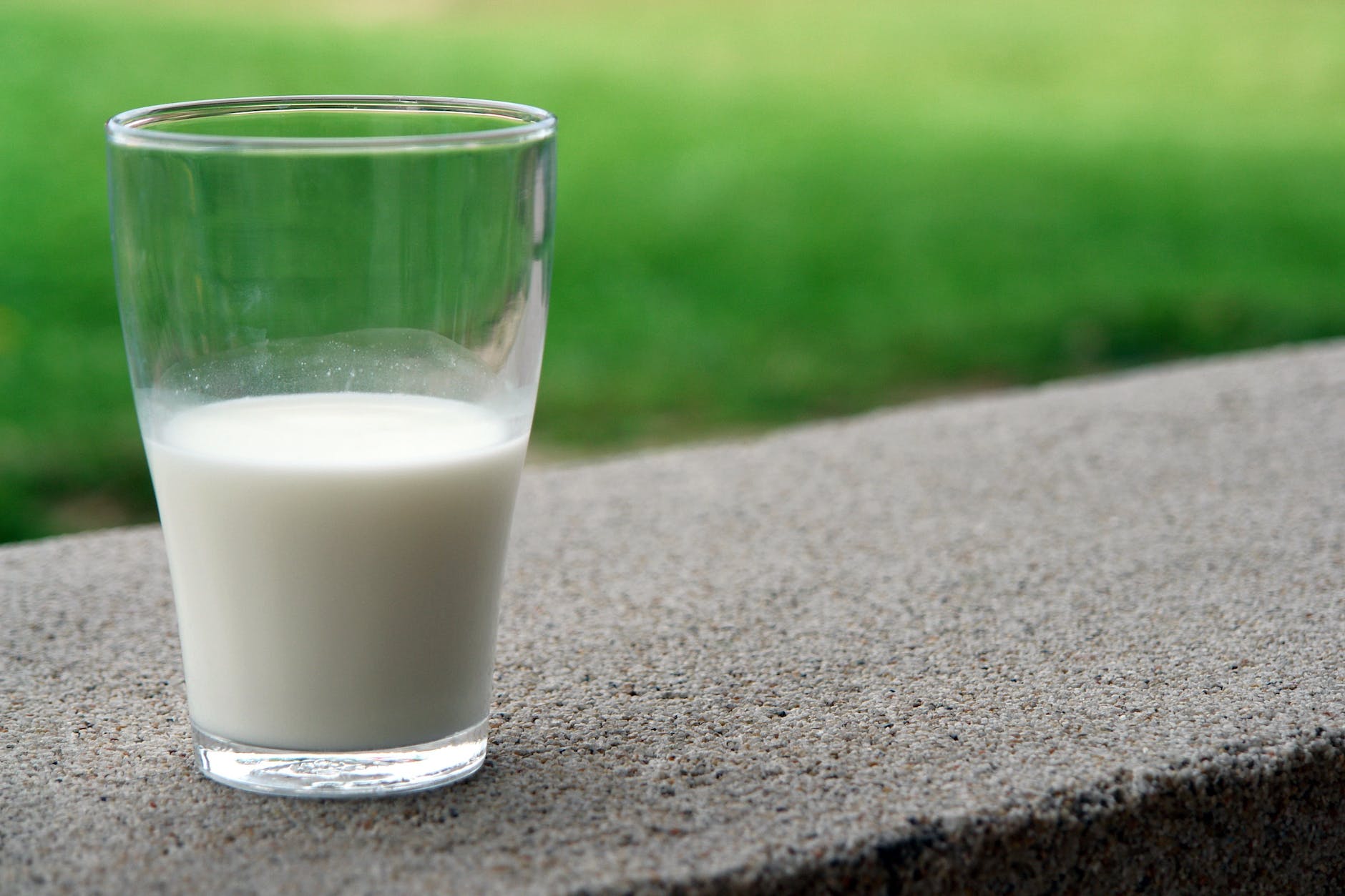
Introduction: 🌰🌟 Welcome to another fascinating blog post in our series on seeds and nuts and their impact on weight loss! In this edition, we will explore the world of chestnuts and their potential role in achieving your weight loss goals. Chestnuts, known for their rich, creamy texture and distinct flavor, have a long history of culinary use. Join us as we dive into the nutritional insights and uncover the benefits that chestnuts may offer for weight management.
Macros per 100g of Chestnuts:
| Nutrient | Amount |
|---|---|
| Calories | 213 |
| Carbohydrates | 44.2g |
| Protein | 2.4g |
| Fat | 2.2g |
| Fiber | 8.1g |
| Sugars | 11.4g |
🌰🔍 Chestnuts, unlike other nuts, are relatively low in fat and protein but high in carbohydrates. Let’s explore the nutritional insights and benefits of chestnuts for weight management:
- Low in Fat and Cholesterol-Free: 🌰💧 Chestnuts are naturally low in fat, making them a favorable option for those watching their fat intake. With only 2.2g of fat per 100g, chestnuts are an excellent alternative to higher-fat nuts. Additionally, chestnuts contain no cholesterol, making them heart-healthy and suitable for individuals with cholesterol concerns.
- Rich in Dietary Fiber for Satiety: 🌰🌾 Chestnuts are a great source of dietary fiber, which plays a vital role in weight management. Fiber adds bulk to your diet, promoting a feeling of fullness and reducing overeating. The 8.1g of fiber per 100g of chestnuts can help regulate blood sugar levels, support digestive health, and contribute to weight loss efforts.
- Complex Carbohydrates for Energy and Sustained Fullness: 🌰💪 Chestnuts provide a good amount of complex carbohydrates. These carbs are broken down slowly in the body, providing a steady release of energy and helping you stay fuller for longer periods. The combination of fiber and complex carbohydrates in chestnuts can support a balanced appetite and aid in weight management.
- Micronutrients for Overall Health: 🌰🌿 Chestnuts are rich in various micronutrients, including vitamin C, potassium, and B vitamins such as folate and thiamine. These nutrients are essential for overall health and well-being, supporting energy metabolism, immune function, and the proper functioning of various bodily processes. Including chestnuts in your diet can help ensure you obtain these vital micronutrients while pursuing your weight loss goals.
⚠️ Warnings and Considerations: 🚫 While chestnuts offer potential benefits for weight management, it’s important to keep the following points in mind:
- Moderation and Portion Control: 🚫 Chestnuts are relatively high in carbohydrates, so it’s crucial to consume them in moderation and be mindful of portion sizes. While they provide essential nutrients, excessive consumption can hinder weight loss efforts. It’s advisable to incorporate chestnuts as part of a balanced diet and consider your overall carbohydrate intake.
- Allergies and Sensitivities: 🚫 Chestnuts are tree nuts, and some individuals may have allergies or sensitivities to them. If you have known allergies to tree nuts, consult with a healthcare professional before incorporating chestnuts into your diet.
- Preparation Methods: 🚫 Be mindful of the preparation methods when enjoying chestnuts. Roasting or boiling chestnuts is a popular method, but avoid adding excessive fats or sugars during the cooking process, as this can increase calorie intake and hinder weight loss goals.
💡 Recipe Ideas: Now, let’s explore some delicious and creative ways to incorporate chestnuts into your weight loss journey:
- Roasted Chestnut and Vegetable Medley: 🍲🌰 Roast chestnuts in the oven until they are tender and have a rich flavor. In a pan, sauté a mix of colorful vegetables such as bell peppers, zucchini, and mushrooms with garlic and olive oil. Add the roasted chestnuts, season with herbs and spices, and toss to combine. Serve as a hearty and nutrient-rich side dish or light main course.
- Chestnut and Apple Stuffed Acorn Squash: 🍁🌰 Cut acorn squash in half, remove the seeds, and bake until tender. In a skillet, sauté diced apples, chopped chestnuts, onions, and a sprinkle of cinnamon and nutmeg. Fill the baked acorn squash halves with the chestnut and apple mixture, and bake for a few more minutes. This dish makes a flavorful and satisfying autumn-inspired meal.
- Chestnut and Kale Salad with Citrus Dressing: 🥗🌰🍊 In a bowl, combine fresh kale leaves, roasted chestnuts, segmented oranges, and toasted pumpkin seeds. Drizzle with a citrusy dressing made from freshly squeezed orange juice, lemon juice, olive oil, Dijon mustard, and a touch of honey or maple syrup. Toss the salad gently and enjoy as a nutrient-packed and refreshing meal.
- Chestnut Flour Pancakes: 🥞🌰 Swap traditional flour with chestnut flour in your favorite pancake recipe. Chestnut flour lends a slightly sweet and nutty flavor to pancakes while providing a gluten-free alternative. Top the pancakes with a drizzle of pure maple syrup, a sprinkle of cinnamon, and some fresh berries for a wholesome and indulgent breakfast.
- Chestnut and Chocolate Energy Bites: 🍫🌰 In a food processor, combine roasted chestnuts, dates, cacao powder, almond butter, a pinch of salt, and a touch of honey. Process until the mixture comes together and forms a sticky dough. Roll the mixture into bite-sized balls and refrigerate until firm. These energy bites make a delightful and nutritious snack to satisfy your sweet cravings.
🌟 Conclusion: 🌰✨ Chestnuts offer a range of potential benefits for weight management, thanks to their low-fat content, dietary fiber, complex carbohydrates, and micronutrients. They can be a delicious and nutritious addition to your weight loss journey. However, it’s important to consume them in moderation, practice portion control, and consider any allergies or sensitivities. Enjoy the unique flavor and versatility of chestnuts as part of a balanced diet, and let them support your efforts to achieve your weight loss goals.











